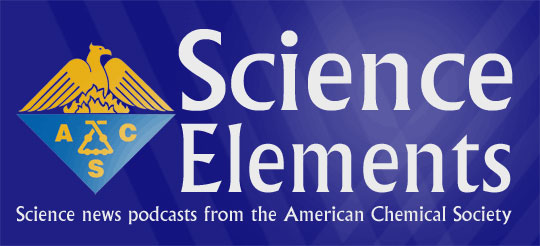| |||||||||||
|

Dipstick For FoodEmbargoed: Sunday, March 25, 6:00 p.m., Central Time Food poisoning is much more common than you might think. The CDC says there are about 76 million cases every year in the United States. Fortunately, most are mild and don’t require hospitalization. Other than tell-tale signs such as bad odor or mold, spoiled food can be difficult to detect by most people. But chemists at the University of South Carolina are developing a test kit that people can use to determine if their food is safe to eat. The research was presented at the national meeting of the American Chemical Society in Chicago. Described as a disposable “dipstick,” it’s capable of rapidly detecting the presence of disease-causing bacteria. In preliminary studies, the test had a 90 percent accuracy rate. The new dipstick test could be on store shelves in two to three years. I’m Marvin Coyner in Washington for the American Chemical Society – improving people’s lives through the transforming power of chemistry. |
|||||||||||||||||
All Rights Reserved. Terms of Use | Privacy Policy | Feedback | Au sujet de la ACS | Acerca de la ACS |
||||||||||||||||||





